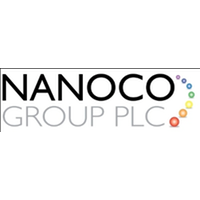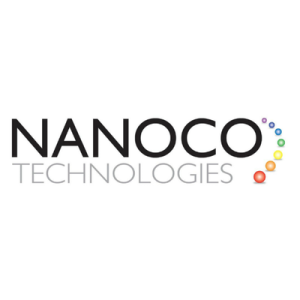Evolution of QLED performance thus far
First let us examine the high-level trends in the evolution of QLED properties. The attached charts (see Fig. 2 left) show the progress in luminance (Cd/sqm). It shows the QLEDs still cannot be driven very brightly. Indeed, they lag the brightness level of OLEDs, which itself is not the brightest display technology. The latest results show very promising results, although these are still champion results which do not clearly report the potential trade-offs with other parameters.
Next, consider the progress in EQE (see Fig. 2 Right). Here, the latest cutting-edge results are included. We can see that EQE of Cd-based red and green has come a long way. The blue Cd-based QD however still lags behind. In general, focus on Cd-based materials for QLEDs may be misplaced because the likely high ug/mm2 consumption levels of Cd may put the material in breach of RoHS regulation. This is however not set in stone and the regulatory landscape is constantly evolving. Indeed, the question is still being debated even in Europe and even for QD enhancement films.
Nanoco Group PLC (LON:NANO) leads the world in the research, development and large-scale manufacture of heavy metal-free nanomaterials for use in displays, lighting, vertical farming, solar energy and bio-imaging.


